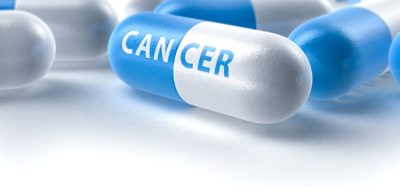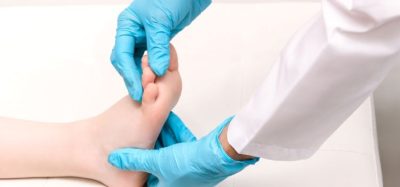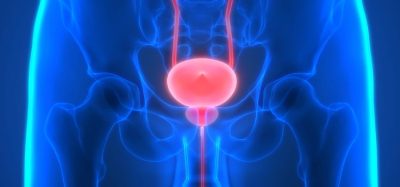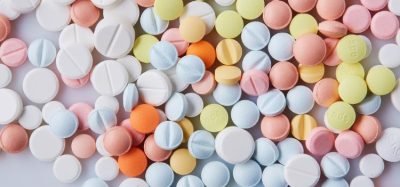Microbe-carrying particle recovery efficacy with manual surface sampling
Posted: 24 April 2024 | Catherine Eckford (European Pharmaceutical Review) | No comments yet
Three different contact plate methods were tested to determine a convenient manual surface sampling technique for microbial contamination recovery, the paper explained.
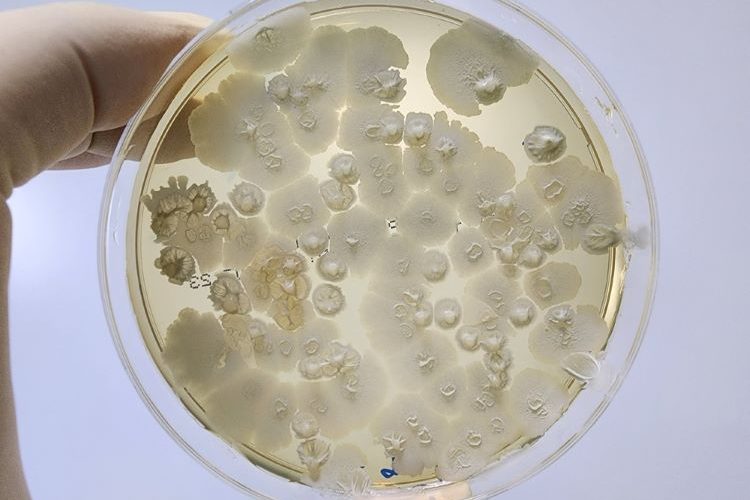

Researchers have evaluated microbial contamination surface sampling methods to assess the recovery efficacy of naturally occurring microbe-carrying particles (MCPs). Sterile tryptone soya agar 55mm diameter tryptone soya agar RODAC contact plates were used in the investigation.
Three different manual sampling methods were tested on contaminated hard surfaces containing MCPs dispersed from a person within heavily populated environments.
Eaton et al. stated that they aimed to determine “a convenient manual sampling procedure that can be routinely used to provide more consistency of practice”.
Contact plate sampling
The authors highlighted that surface sampling is “typically a manual procedure”. Additionally, for manufacturing sterile products, according to Annex 1 of the EU GGMP, use of a 55mm diameter contact plates for sampling surfaces is required when carrying out microbiological monitoring of cleanrooms.
Two samples were taken from three adjacent but separate positions at 20 different locations.
Following incubation of the plates, the authors assessed whether the recovery of surface microorganisms was influenced by the method and the type of surfaces sampled.
Recovery efficacy
Rolling the contact plate media over the surface using firm pressure for either one or five seconds recorded little differences in the mean recovery efficiencies (53 percent and 48 percent respectively)”
Rolling the contact plate media over the surface, “using firm pressure for either one or five seconds recorded little differences in the mean recovery efficiencies (53 percent and 48 percent respectively) [comparatively] … a single one second press of the media onto the surface with firm pressure yielded an efficiency of 16 percent”.
Based on the findings published in EJPPS, the reduced counts associated with sampling Method 3 were deemed “unlikely to be fully due to a reduced area of contact of the plate media with the surface sampled compared with Methods 1 and 2 (a reduction of 89 percent)”.
“There is little difference between Methods 1 and 2 but both are better sampling procedures than Method 3”, the authors surmised.
In the paper it was noted: “For such routine manual surface sampling of the cleanroom areas, the single use of sampling Method 1 would help to ensure consistency of practice”.
However, Eaton et al. concluded: “due to known variations in the recovery efficiencies associated with different surfaces”, further investigation is required when considering recovery associated with different cleanroom surfaces. Garment fabric was highlighted as an example.




